| The Very Highest Quality Information... |
| Specifications of Euro Coins |
|
|
|
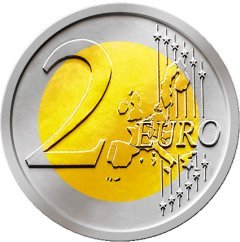
|
|
|
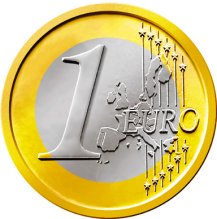
|
|
|
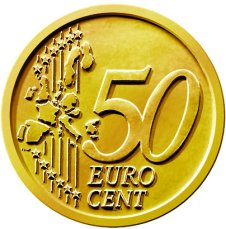
|
|
|
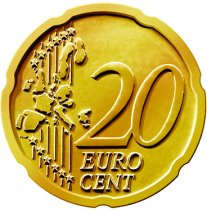
|
|
|
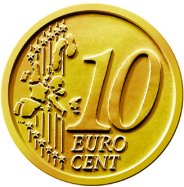
|
|
|
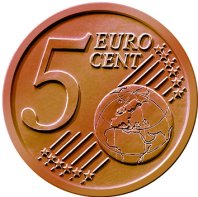
|
|
|
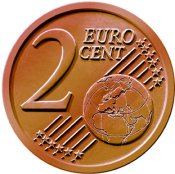
|
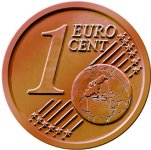
|
|
|
Euro Coins Specifications
There are 8 different euro coins denominations. These are 2 and 1 euros, then 50, 20, 10, 5, 2 and 1 cents, one of each totals 3.88 euro. They are currently being produced and stockpiled by the Central Banks of the Eurozone states, and will enter circulation on January 1st 2002. Within a few months, all previous national coins will be withdrawn.
Common Reverse Designs
Every euro coin will carry a common European face.
On the obverse (head) side, each Member State will decorate the coins with their own motifs. No matter which motif is on the coins they can be used anywhere inside the 12 Member States. For example, a French citizen will be able to buy a hot dog in Berlin using a euro coin carrying the imprint of the King of Spain.
Design Selection Process
Each of the member states were invited to submit up to three series of designs for the common reverse designs. The designs had to fit into one of three themes, architectural and ornamental, aims and ideals of the European union, or European personalities. A total of 36 different design series were submitted and considered. Nine of these were then put forward for opinion poll testing before the selection of the eventually successful design.
Design Symbolism
The common European face of the coins represents a map of the European Union against a background of transverse lines to which are attached the stars of the European flag. The 1, 2 and 5 cent coins put emphasis on Europe's place in the world while the 10, 20 and 50 present the Union as a gathering of nations. The 1 and 2 euro coins depict Europe without frontiers. Final designs were agreed at the European Council meeting in Amsterdam in June 1997.
Designer
The designer of the Euro coin common reverse designs is Luc Luycx of the Belgian Royal Mint.
The Euro Symbol
The graphic symbol for the euro looks like an E with two clearly marked, horizontal parallel lines across it. It was inspired by the Greek letter epsilon, in reference to the cradle of European civilisation and to the first letter of the word 'Europe'. The parallel lines represent the stability of the euro. The official abbreviation for the euro is 'EUR'. It has been registered with the International Standards Organisation (ISO), and will be used for all business, financial and commercial purposes, just as the terms 'FRF' (French franc), 'DEM' (Deutschmark), 'GBP' (pound sterling) and 'BEF' (Belgian franc) are used today.
The Twelve Euro Zone Members
12 Member States participating at the euro from 1 January 1999:-
Euro Coin Specifications
To see the relative sizes of the eight coins more clearly, please look at our Euro Coin Sizes page.
Specifications
| Denom | Diam | Thick | Wght | Shape | Colour | Comp | Edge |
| 2 Euro | 25.75 | 1.95 | 8.50 | Round | Outer White Inner Yellow | Outer Cupro-nickel Inner 3 Layers:- Nickel Brass, Nickel, Nickel Brass | Lettered, Milled |
| 1 Euro | 23.75 | 2.125 | 7.50 | Round | Outer White Inner Yellow | Outer Cupro-nickel Inner 3 Layers:- Nickel Brass, Nickel, Nickel Brass | Interrupted Milling |
| 50 Cent | 24.25 | 1.88 | 7.80 | Round | Yellow | "Nordic Gold" | Shaped- Fine Scallops |
| 20 Cent | 22.25 | 1.63 | 5.74 | Spanish Flower | Yellow | "Nordic Gold" | Plain |
| 10 Cent | 19.25 | 1.51 | 4.10 | Round | Yellow | "Nordic Gold" | Shaped- Fine Scallops |
| 5 Cent | 21.25 | 1.36 | 3.92 | Round | Red | Copper Plated Steel | Smooth |
| 2 Cent | 18.75 | 1.36 | 3.06 | Round | Red | Copper Plated Steel | Grooved |
| 1 Cent | 16.25 | 1.36 | 2.30 | Round | Red | Copper Plated Steel | Smooth |
Notes on Table
Denom = Denomination (Face Value).
Diam = Diameter in millimetres.
Thick = Thickness (Depth) in millimetres.
Wght = Weight in grams.
Comp = Alloy Composition
Nordic Gold
The composition of "Nordic Gold" is:-
| Metal | Percentage |
| Copper (Cu) | 89% |
| Aluminium (Al) | 5% |
| Zinc (Zn) | 5% |
| Tin (Sn) | 1% |
For Photos & Information about Each Eurozone Country
| Eurozone Countries |
| Austria |
| Belgium |
| Finland |
| France |
| Germany |
| Greece |
| Ireland |
| Italy |
| Luxemburg |
| Netherlands |
| Portugal |
| Spain |
World Coins & Sets - Who Issued What?
| ...at the Lowest Possible Price |
|
32 - 36 Harrowside, Blackpool, Lancashire, FY4 1RJ, England. Telephone (44) - (0) 1253 - 343081 ; Fax 408058; E-mail: The URL for our main page is: https://24carat.co.uk | Chard(1964) Ltd |